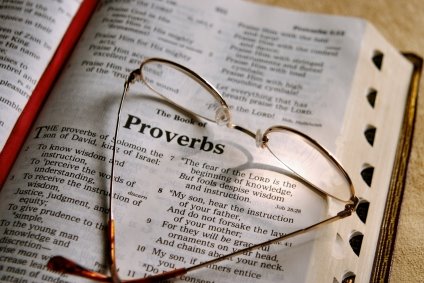
Christmas Eve is but a short time away. Our family’s decorations, which center on a collection of some 55 nativity sets gathered from around the world, sets the stage for the anticipated holiday festivities. While it is still advent, I want to take some time this year and reflect on what I have come to talk about as the Three Nativities. In separate posts, I will share my thoughts on the various versions of our accounts of Jesus’ birth and infancy. Each narrative has its own point to make and the richness of our tradition is captured in this variety. Given that we live in a complex world, taking account of the textual contradictions found in our Bible can only serve to tutor us to participate in this wondrously pluralistic age.
Our most familiar nativity story while drawn from Biblical sources, can be found nowhere in the Bible! The text is preserved in the numerous copies of Director’s notes for the thousands of local holiday pageants performed on Christmas Eve in thousands of sanctuaries, fellowship halls and in its tableau form, in church parking lots. There are numerous versions – some use children, others professional actors; some use live animals, others borrow stuffed toys; some have elaborate lighting effects, many include some sort of candle lighting ritual most likely accompanied by poignant verses of Silent Night. Costumes range from elegant Middle Eastern finery to re-tooled bathrobes. Most presentations are appreciated not for their performance value, but for the chance to see little Johnny or Susie on stage.
While the differences are numerous, the narrative outline generally remains the same. Of our three nativity stories, this rendition is best described as quaint. Its rating, unlike our other two, is “G” for general audiences. It avoids the sexual innuendo and the coarse violence actually found in the Biblical nativity texts. Harsh stable smells are absent. The fragrant aroma of fresh holiday greenery abounds. The undercurrent of political oppression and its court intrigue has receded into the background. Angels are not fearsome creatures appearing in awesome formations in the skies, but cute “cherubic” children dressed in white sweat suit costumes with makeshift wings attached with safety pins.
The narrative sequence of the story is well known. It takes place all in one night, beginning with the arrival of Mary and Joseph in the “little town of
Once again the scene shifts for the night’s next events. Slow, stately music announces the solemn procession of the three foreign Kings patiently following the guidance of a star piercing the darkness like a hanging spotlight that leads them directly to the stable. Like the shepherds, they fall on their knees and offer precious gifts of spices and gold.
The nativity triptych framed by the chancel decorations is now complete: Mary, Joseph and the baby Jesus rest in the Chancel center – the shepherds and wise men (sic) flank on opposite wings. Christ has been born and peace on earth is promised to all.
By describing this narrative as quaint, by no means do I intend to denigrate its meaningfulness. Like millions of Christians across the globe, I eagerly anticipate the chance to celebrate this version of the nativity story each year. By pointing out that this “telling” of the nativity story is a family event; I am not trying to demean its value as an authentic narrative or imply less importance when compared with our other two stories. It is simply a third nativity story, one of three which while all are very similar, each individually tells a unique tale and each individually conveys particular truths.
But I’m getting ahead of myself, I will return to this nativity after spending some time on the two different accounts found in our New Testament. Next week we look at genealogies.
This essay is part of a series written in memory of Judy Sparks Montgomery
© John C. Montgomery – All Rights Reserved 2007
Photo used by permission: I-Stock Photo





1 comment:
Your wife had to be a very very special person----I am so sorry you and your sons had to lose her at such an young age.
Post a Comment